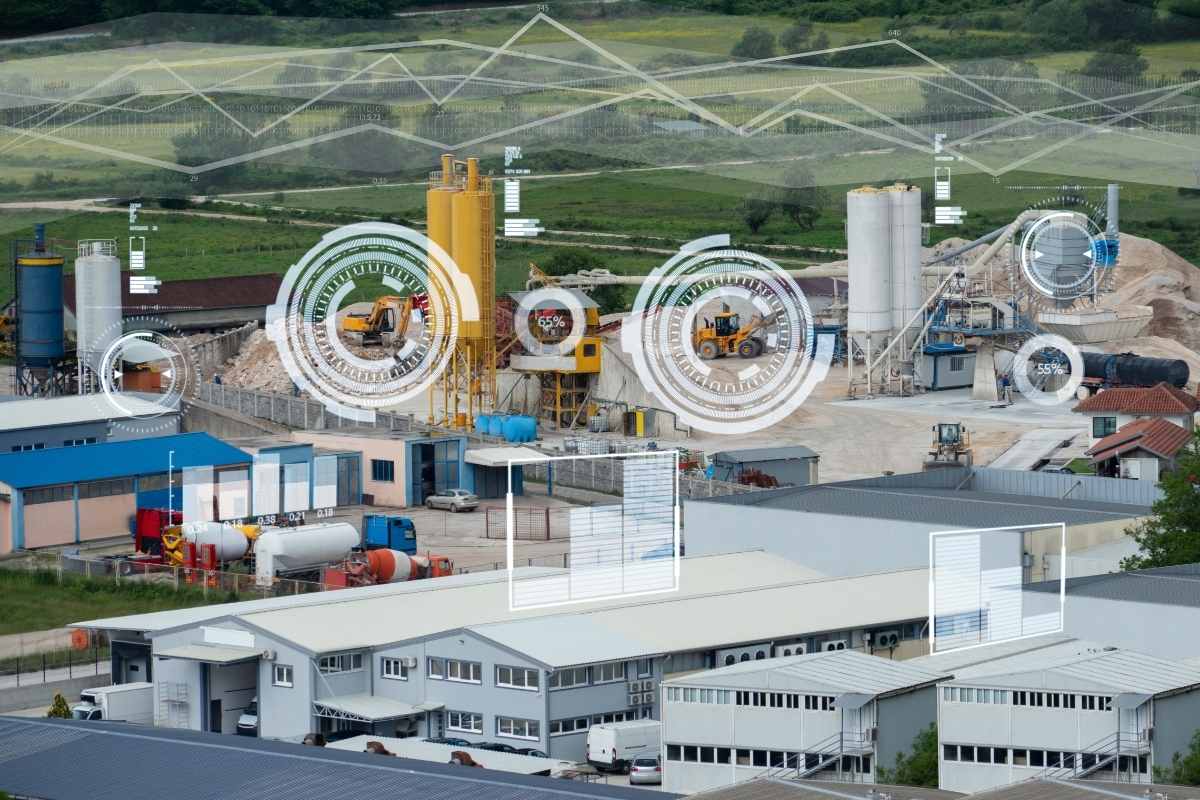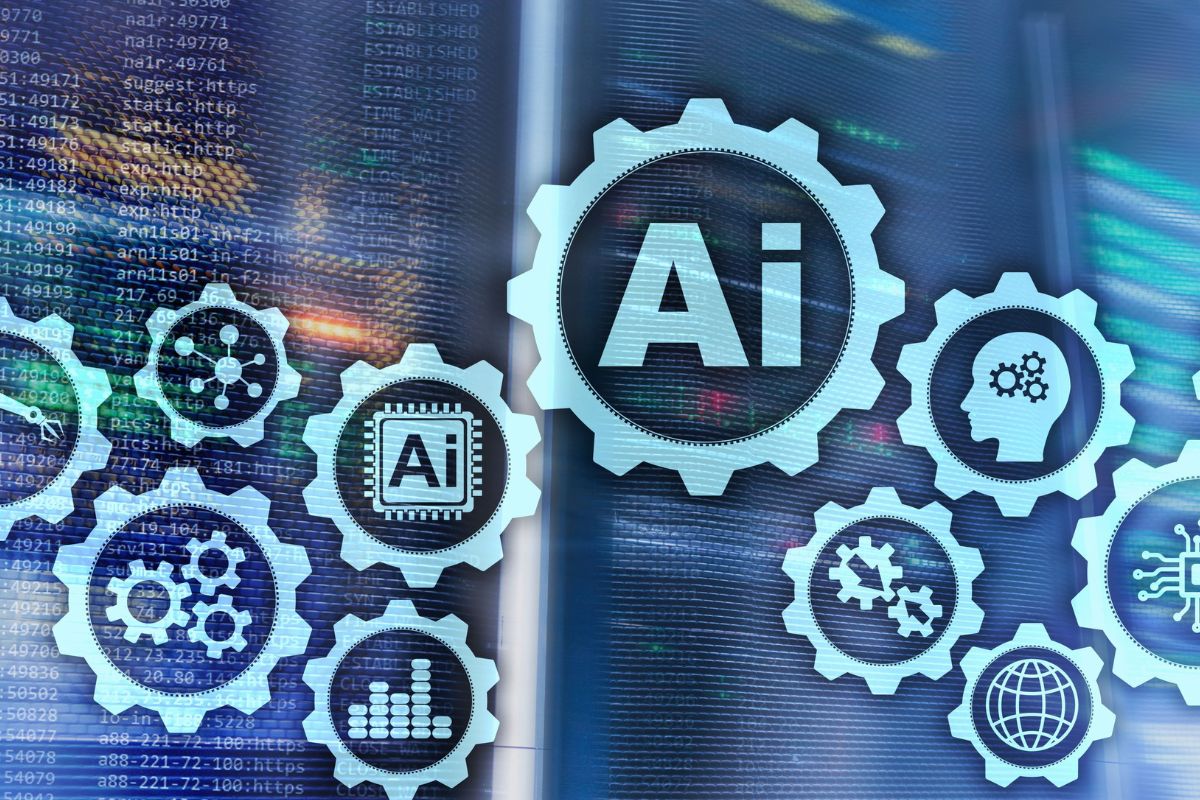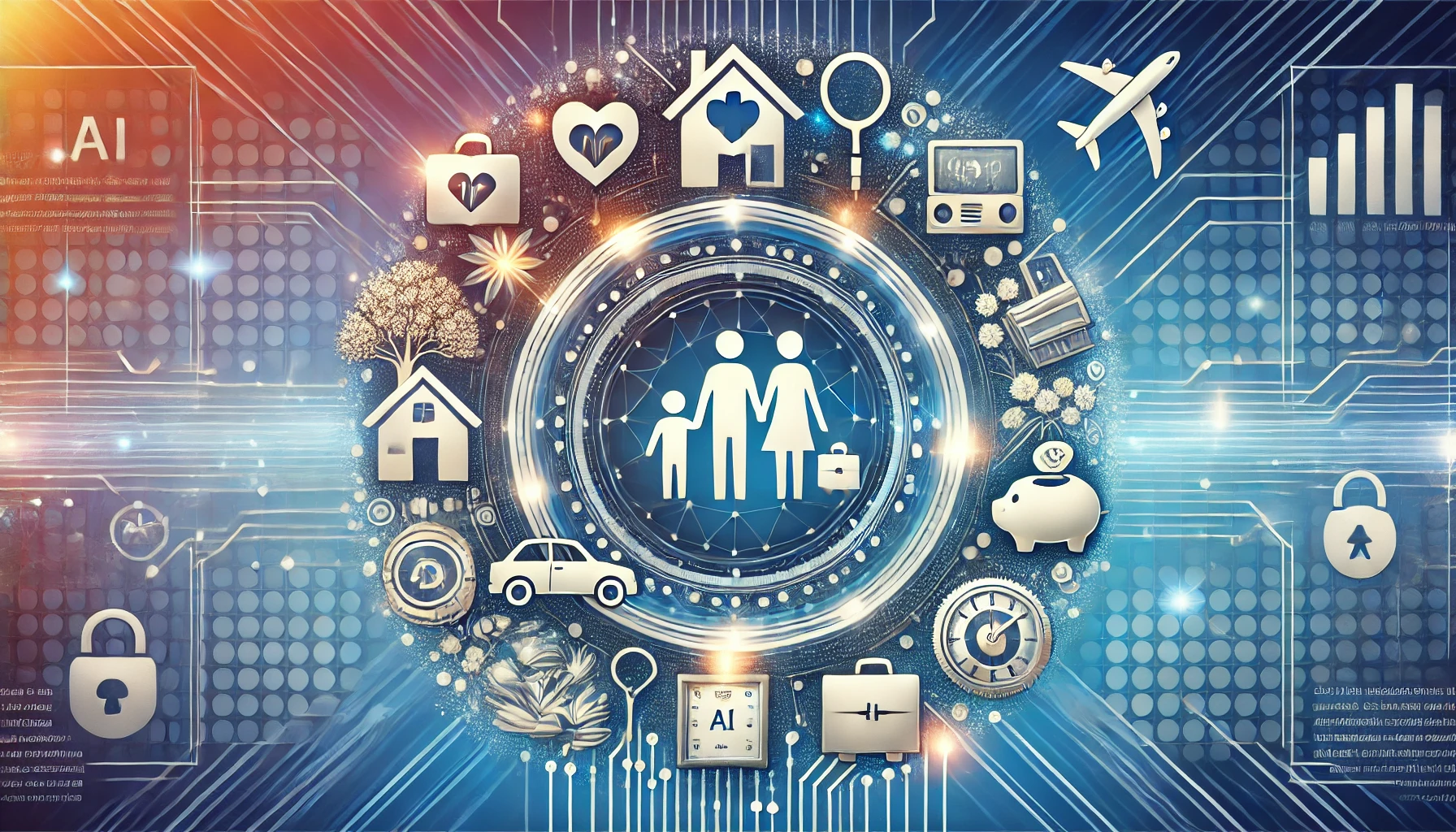The pandemic has created several challenges for manufacturers: from human resource shortage, and skill gaps, to severe supply chain disruptions. As seen on Manufacturing Today, even though COVID-19 pushed manufacturing sector’s progress to a great extent, the silver lining was actually the demand it created for finished products. As a result, today, manufacturers are trying both to adapt and introduce technology innovations in order to have ‘minimum resource wastage and maximum gains through the creation of world-class products’.
While most of us are familiar with future trends like process automation, additive manufacturing, IIoT, and AI, there are several other developments like smart sensors, and immersive technology machines that have surfaced after the pandemic; these technologies ensure that work is carried out seamlessly, without the help of human effort.
So, what does the future hold for the manufacturing sector in terms of technology and trends?
Industrial automation
According to the Industrial Automation Market Size, Share & Growth Report, 2021-2028, “the global industrial automation market is projected to rise from USD 191.74 billion in 2021 to USD 355.44 billion in 2028 at a CAGR of 9.2 per cent in the 2021-2028 period’. While automation, is not something new, when combined with robotic technology, it can mitigate and eliminate potential risks and dangers to human lives, and in this way, make the production process safer.
Furthermore, automation
- simplifies several techniques such as material handling, assembly, and painting
- can generate a demand for new roles in manufacturing
Industrial Internet of Things (IIoT)
The Industrial Internet of Things (IIoT) is one of the key components of the Industry 4.0 technology cluster, which
- facilitates easy access to real-time data services, in this way allowing connectivity of multiple systems present in an industrial process
- improves operational efficiency and safety
At the same time, considering how COVID-19 led to a surge in the integrated digital-human workforce, the development of the industrial internet and its digital adoption is expected to create new opportunities. According to Gartner’s Strategic Planning Assumptions, only 10% used IIoT in 2020. Yet, the report suggests by 2025, 25% of large global industrial enterprises will either acquire or invest in the IIoT, 5% higher than it was in 2020.
Additive Manufacturing
Additive manufacturing is actually 3D printing. This trend has gained much momentum in the past few years, changing how manufacturers can face several challenges. For example, during 2020, when the majority of the countries were facing severe pressure of COVID-19 cases, various universities, tech firms and 3D print enthusiasts came together and produced 3D printed PPE kits and other emergency items like valves.
In addition, reports suggest that additive manufacturing can reduce energy consumption by 25%, cutting waste material and materials cost by up to 90%, compared to the traditional method. Based on this, the method can improve productivity and improve design flexibility and production time.
Data Science
Big Data is changing the landscape of the manufacturing industry. Manufacturing businesses are integrating data into their daily operations as it ‘provides valuable insights to maximize profits and minimize risk while evaluating the production process’. Furthermore, it helps in predictive maintenance, computer vision, sales forecasting and predicting quality.
Artificial Intelligence and Machine Learning
AI has ‘the potential to replicate cognitive capabilities that are linked with humans’, while ML generally refers to the ‘potentiality of a computer to learn or boost performance via examining and interpreting data’.
- ML plays a crucial role, as is used in real-time to allow machines in a factory to perform their functions and analyze the collected data to unlock patterns and make futuristic predictions
- AI also plays a significant role in the manufacturing industry, as it helps in better product development and quality improvement, and it also leads to market adoption
Smart Devices
Smart devices create ‘a mesh of information in an operational chain that multiple people can access from various points’ and can help businesses perform their tasks accurately and on time.
Smart devices lay the foundation of smart systems and smarter machines.
With the help of smart devices, computers can collect data about machines’ health, the quantity of the raw materials, the productivity of the workforce, and the production time. Once the data is collected, it can be used to make the right decisions, further leading to increased uptime, improved manufacturing agility, increased safety, and lower costs.
Read the original article here





